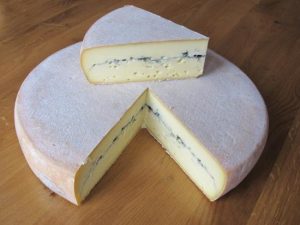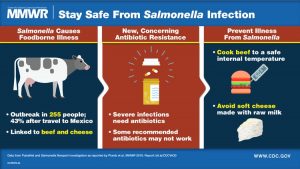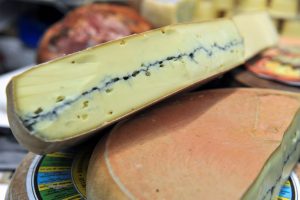Researchers at Washington University School of Medicine in St. Louis and the Cleveland Clinic have discovered that a fungus found in foods such as cheese and processed meats can infect sites of intestinal damage in mice and people with Crohn’s and prevent healing. Moreover, writes Tamara Bhandari of News Room treating infected mice with antifungal medication eliminates the fungus and allows the wounds to heal.
 The findings, published March 12 in the journal Science, suggest that antifungal drugs and dietary changes are potential new approaches to improving intestinal wound healing and reducing symptoms of Crohn’s disease.
The findings, published March 12 in the journal Science, suggest that antifungal drugs and dietary changes are potential new approaches to improving intestinal wound healing and reducing symptoms of Crohn’s disease.
“We’re not suggesting that people stop eating cheese and processed meat; that would be going far beyond what we know right now,” said first author Umang Jain, PhD, an instructor in pathology & immunology at the School of Medicine. “What we know is that this foodborne fungus gets into inflamed, injured tissue and causes harm. We’re planning to perform a larger study in people to figure out if there’s a correlation between diet and the abundance of this fungus in the intestine. If so, it is possible dietary modulation could lower levels of the fungus and thereby reduce symptoms of Crohn’s disease.”
Crohn’s is a subtype of inflammatory bowel disease. As the name suggests, it is driven by chronic inflammation in the digestive tract and primarily treated with immunosuppressive medications. Crohn’s patients endure repeated cycles of gastrointestinal symptom flare-up and remission. During a flare, their digestive tracts are dotted with inflamed, open sores that can persist for weeks or even months.
To understand why intestinal ulcers take so long to heal in some people, Jain and senior author Thaddeus Stappenbeck, MD, PhD, formerly at Washington University and now at the Cleveland Clinic, studied mice whose intestines had been injured. By sequencing microbial DNA at the site of injury, they discovered that the fungus Debaryomyces hansenii was abundant in wounds but not in uninjured parts of the intestine.
People acquire the fungus through their food and drink, Jain said. D. hansenii is commonly found in all kinds of cheeses, as well as sausage, beer, wine and other fermented foods.









